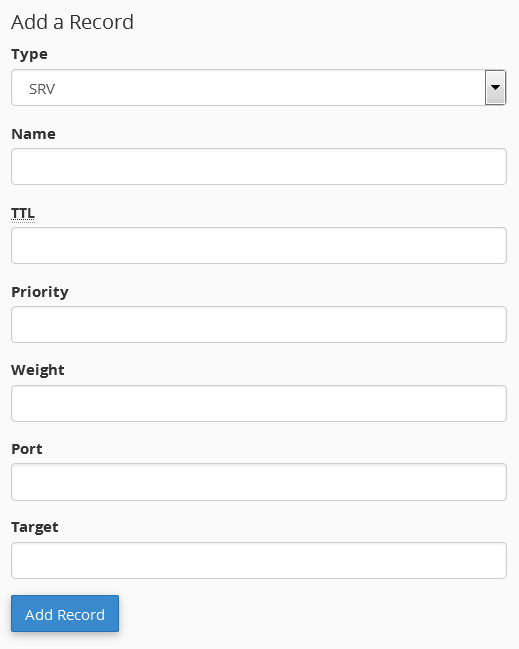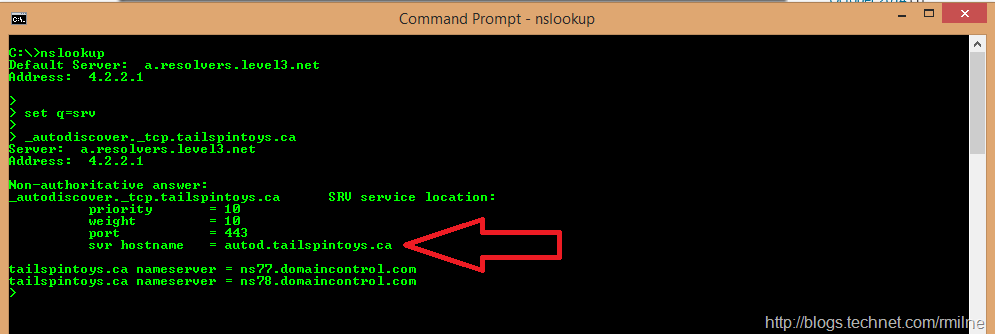

If the execution of a task is delayed so much that the next execution of the same task become pending, an execution will be skipped.Įxceptions during the execution are propagated out of run_loop()/ run_pending(), and can be dealt with by the caller. There is no build-up of delayed executions.

All pending tasks will be executed as soon as possible after they become pending.
Regardless of the load, no task will be completely starved. If more than one task become pending simultaneously, they will be executed in the order in which they were added to the schedule by schedule(). Graceful handling of this condition is essential in a well-implemented periodic scheduler. For example, a task that is scheduled to run every second, could take more than a second to complete. Heavy loading means that there is not enough computer resources to execute all tasks as scheduled. Inside the run_loop method, ischedule calculates the time until the next task becomes pending, and idles the CPU until this happens. For example, if a task that takes 0.9 seconds to complete is scheduled to run every second, the execution number 1000 will happen exactly 1000 seconds after the start of the program (± a few milliseconds). Quite importantly, and unlike some other packages, ischedule takes into account the time it takes for the task function to execute. The project was originally made for an industrial automation and IoT application.īasic example from ischedule import schedule, run_loop def task_1 (): print ( "task 1" ) def task_2 (): print ( "task 2" ) schedule ( task_1, interval = 1.0 ) schedule ( task_2, interval = 0.2 ) run_loop () Simple syntax, precise timing, no busy waiting. Select the Create Reverse Record check box if you want to have a reverse record automatically created for you.Schedule periodic tasks in a Python program. For Description, enter any text that best describes your host, e.g., Web server. For Type, select the record type identifier, e.g., A. The window Create new Record is displayed. From the list, select Add New DNS Record to Zone. In the main window, right-click onto the zone entry for which the resource record must be created, e.g., (Primary) zone. Go to CONFIGURATION > Configuration Tree > Box > Assigned Services > DNS > DNS-Service. Verify that one of these records is already configured. Resource records must always be added to an existing zone, e.g., primary / reverse zone. #Ischedule srv record how to#
For more information, see How to Assign Services. Verify that all service IP addresses are already configured that are necessary for answering DNS queries on the respective incoming interfaces.In this example, it does not matter where the request originates from, and no redundant servers will be referred to. The example assumes that any client that requests to resolve a query for a web server in the domain will get a response for the IP address of that web server. This article describes how to create a resource record in its simplest form. TXT records can contain multiple values or extra long values with a length of more than 255 characters. Use this for services that do not have a DNS record type of their own, such as SPF. The TXT record associates a text string with the hostname. The SRV record contains information about which IP-based services are available within a domain, e.g., SIP, LDAP, FTP. The PTR record assigns an IP address to multiple hostnames and are used for reverse lookups. The OTHER record provides space for entering information for other DNS records not explicitly covered in the UI. The NS record defines which name server is responsible for a zone. The mail exchange record stores information about mail servers within the domain. The DNAME record delegates requests to a subzone to another domain. The CNAME record associates a canonical with an alias name. Each host in a domain should have an A record. Use the A / AAAA record to associate an IP address with a hostname. The available preset record types depend on the selected zone type! DNS Resource Record Type






 0 kommentar(er)
0 kommentar(er)
